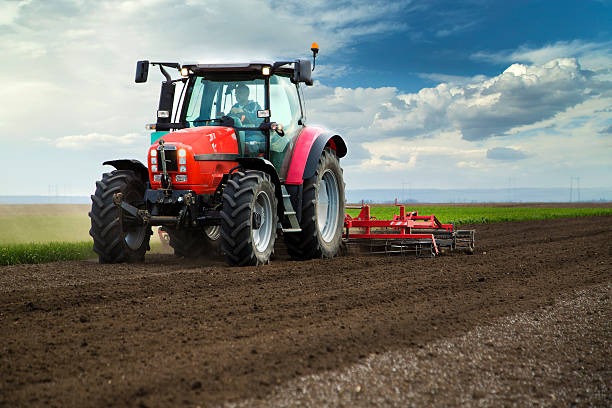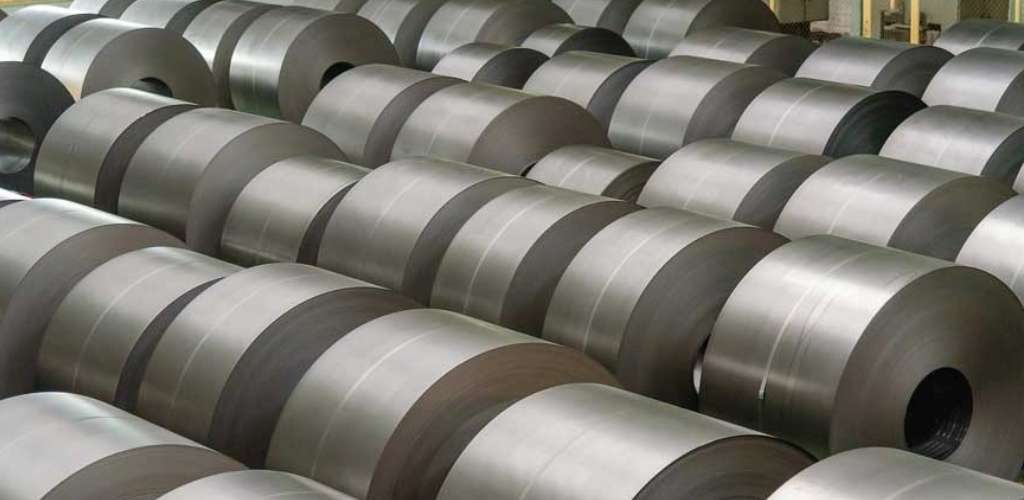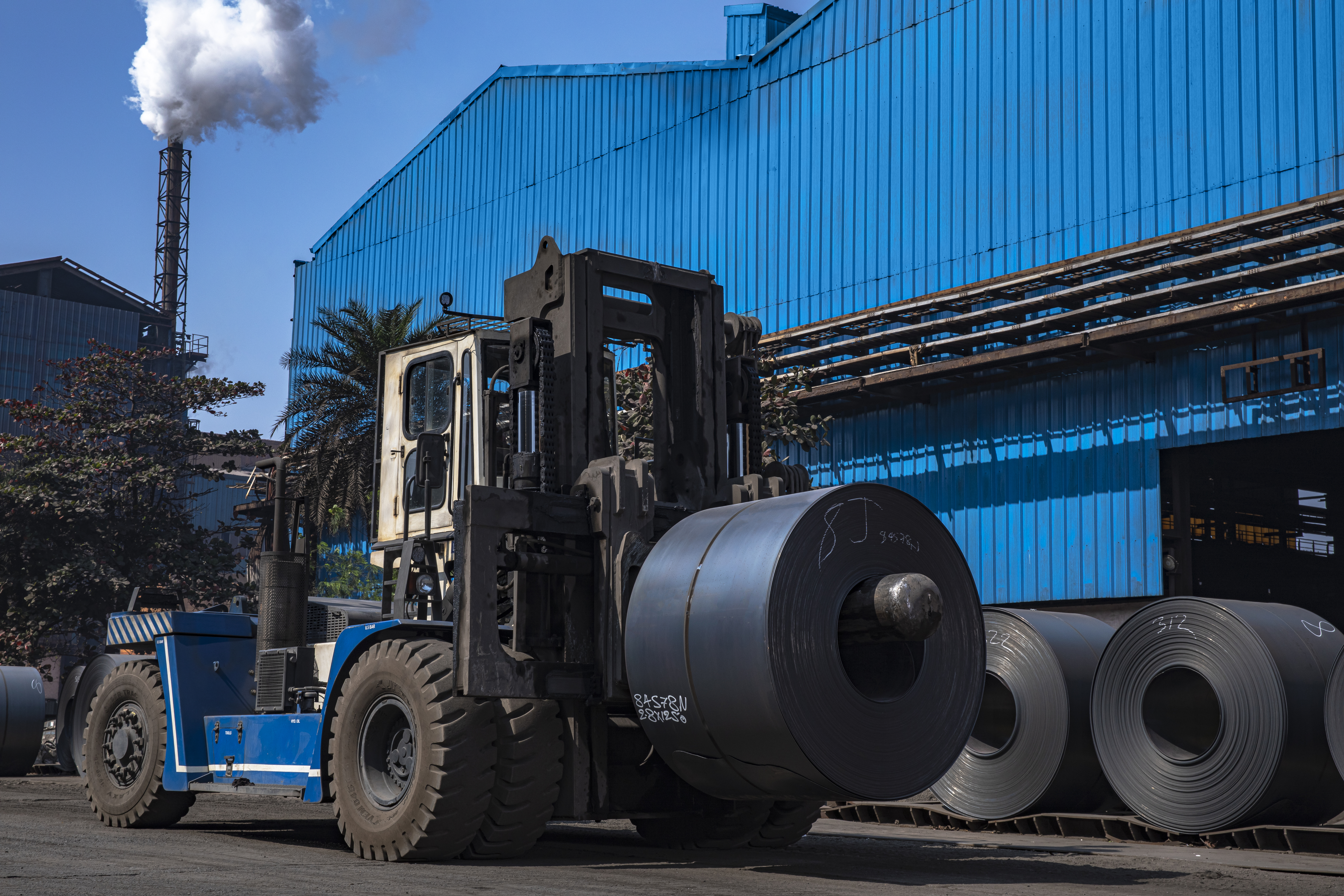

Hot Rolled Steel Customization: An Overview
Hot rolled steel is a fundamental material in various industries, known for its versatility, strength, and cost-effectiveness. Its customization capabilities make it a preferred choice for many applications, from construction and automotive to heavy machinery and infrastructure development. Here’s an overview of hot rolled steel customization, shedding light on its process, benefits, and the significant role it plays in the industrial sector.
Understanding Hot Rolled Steel
At our steel company in India, hot rolled steel is produced by rolling steel at high temperatures, typically over 1,700°F (927°C), which is above the recrystallization temperature of steel. This process allows the steel to be easily shaped and formed into large sections. The hot rolling process is characterized by its ability to create large-scale products, such as I-beams, sheets, and plates, which are often used in construction and heavy-duty manufacturing.
The Customization Process
Customization of hot rolled steel at a steel company in India involves modifying the product according to specific requirements set by the customer. This can include adjustments in thickness, width, and length, as well as surface finishes and chemical compositions. At AM/NS India, we have developed advanced facilities that allow for precise customization, meeting the diverse needs of their clientele.
Dimensional Adjustments:
Hot rolled steel can be customized in terms of its dimensions, making it suitable for different applications. Whether it's a thicker plate for industrial machinery or a wider sheet for structural components, the customization process ensures the material meets the exact specifications.
Surface Finishing:
Depending on the application, the surface of hot rolled steel can be further treated. This can involve descaling to remove the rough oxide layer formed during the rolling process or adding a protective coating to prevent rusting. This step is crucial for industries that require aesthetically pleasing or corrosion-resistant steel products.
Chemical Composition:
Adjusting the chemical composition of hot rolled steel can enhance its properties, such as tensile strength, ductility, and weldability. For instance, adding elements like manganese or chromium can improve hardness and resistance to wear and tear, making the steel suitable for more demanding applications.
Benefits of Hot Rolled Steel Customization
Customization of hot rolled steel offers several benefits that enhance its utility across different sectors:
Cost-Effectiveness:
By tailoring the steel to specific needs, manufacturers can reduce material waste and optimize production costs. Customization ensures that industries receive exactly what they require without the need for additional processing, which can be both time-consuming and expensive.
Versatility:
Hot rolled steel’s ability to be customized makes it highly versatile, and suitable for a wide range of applications. From creating structural beams for buildings to manufacturing automotive parts, customized hot rolled steel can meet varied industrial demands.
Enhanced Performance:
Customizing the properties of hot rolled steel ensures that the final product performs optimally in its intended application. Whether it's strength, durability, or resistance to environmental factors, tailored hot rolled steel can significantly improve the performance of the end product.
Conclusion
Hot rolled steel customization at a steel company in India is an essential aspect of modern manufacturing, providing industries with the ability to tailor steel products to meet specific needs. With advancements in technology and the expertise of steel companies in India, the customization process has become more efficient and precise, allowing industries to enhance their productivity and performance. As demand for high-quality steel products grows, the importance of hot rolling and customization will continue to be a cornerstone of the industrial landscape.
Explore our latest Post
- Market Dynamics: Analyzing The Demand And Supply Of Hot Rolled Steel In India
- Hot Rolled Steel Sheets And Coils: Versatile Industrial Materials
- The Role Of AM/NS Stallion In Improving Modern-Day Agriculture
- The Manufacturing Process Behind Hot Rolled Steel
- Hot Rolled vs Cold Rolled Steel: Understanding the Differences



